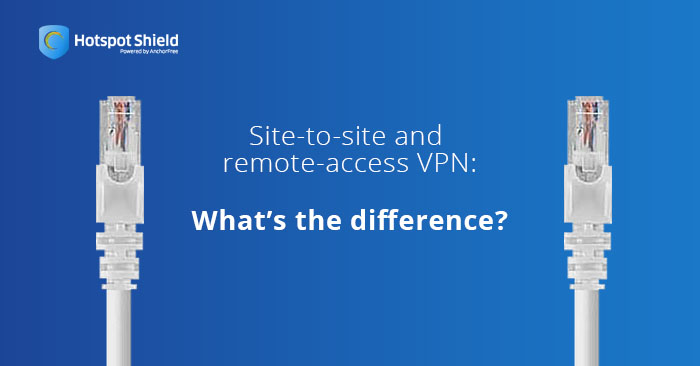How to get a Finnish IP address
The easiest way to improve your digital privacy is to switch your IP address using a VPN. We’ll …

The term virtual private network (VPN) is not new. However, many Internet users still don’t know the difference between site-to-site VPN and remote-access VPN. While both can be classified under VPN and use basically the same computing infrastructure, there is still a line that separates the two.
Let’s take a look at site-to-site VPN first. Site-to-site VPN makes it possible for users in different fixed locations to establish a secure connection with each other over public networks, allowing a user in one location to access resources from another location. This means that if user A connects to a network where users B and C are connected, user A will be able to access resources that are in users B and C’s locations, and vice versa.
There are two types of site-to-site VPNs. The first one is intranet-based, where users create an intranet VPN with the intent of connecting multiple local-access networks (LANs) to a single wide-access network (WAN). The other one is extranet-based, where two separate intranets can connect to a secure shared network environment while still preventing access to each other’s intranets.
Remote-access VPN differ from site-to-site VPN in that the latter provides functionalities for multiple users, while the former tend to be more on the personal side. In remote-access VPN, individual users connect to a computer network in a remote location, through a secure and encrypted tunnel that allows them to access all resources in that network as if they are inherently connected to the servers in that network.
In remote-access VPN, users connect to a remote-access server (RAS) via the Internet, using a dedicated VPN software. The VPN software establishes and maintains a secure tunnel to that RAS, allowing users to use a VPN through their computers over a safe connection.
Site-to-site VPN is more for networks consisting of multiple users e.g. employees and departments within a company. Site-to-site VPN allows each user to connect to a network where multiple users are also connected, allowing file sharing within that network.
Remote-access VPN, on the other hand, focuses on a personal user experience, providing users a number of benefits including a private and encrypted transfer of information, as well as access to a network’s resources as if they are directly plugged into that network.
If you frequently use the Internet for browsing and content consumption, then you will get more out of a remote-access VPN than you would from site-to-site VPN. Today there are a lot of remote-access VPNs designed to be used on a personal level. These personal VPNs provide a wide range of benefits including anonymous web browsing and secure browsing sessions when connected to public hotspots, to name a few.
What is Hotspot Shield VPN?
Hotspot Shield VPN is a free-to-download personal VPN that allows you to enjoy secure browsing and access to blocked content without the need for subscription fees and additional software or hardware. It doesn’t take up much of your device’s infrastructure and is really simple to use.
Hotspot Shield is among the best VPNs today and is compatible for your Windows, Mac, iOS and Android device. It can also be downloaded as an extension for your Chrome or Firefox browser.
Below are benefits that make Hotspot Shield VPN, one of the most trusted VPNs out in the market:
Download Hotspot Shield now and enjoy all the best benefits of VPNs anywhere, anytime, with no strings attached!
![]()
